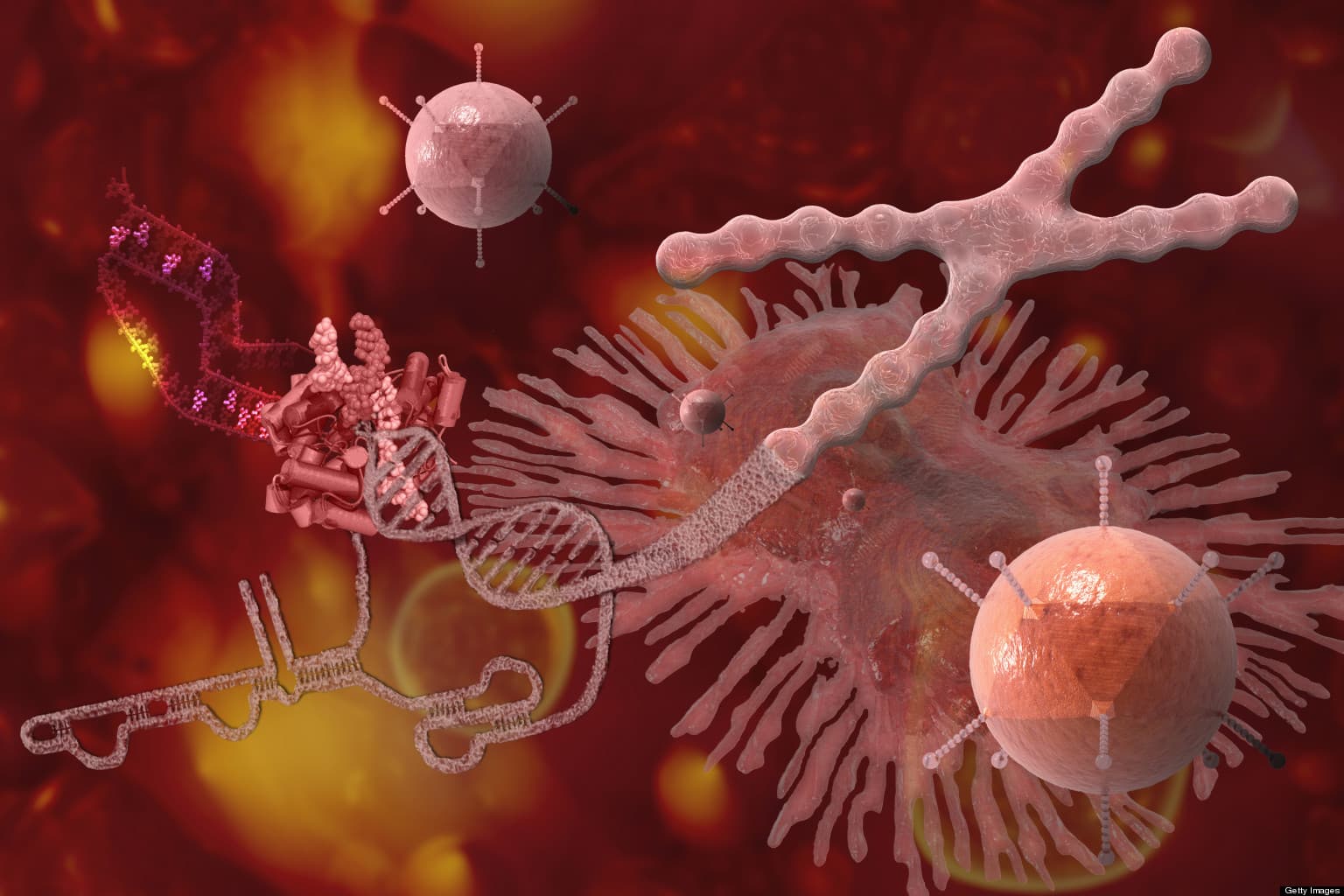Telomerase
When our cells divide, they also replicate their DNA. However, with each replication the DNA becomes shorter and shorter. Luckily, the repetitive sequences at the end of our DNA, called telomeres, can be sacrificed with every replication. An enzyme called telomerase maintains the telomeres but it can only do so for so long as the telomeres continue to get cut shorter year after year, causing cell division disruption and eventually cell death. This shortening of DNA is thought to be involved with aging. On the other hand, cells with extremely active telomerase can continuously rebuild their telomeres, allowing them to continue dividing and making them immortal. Although this may sound appealing, especially for those in the anti-aging crowd, this cell immortality is harmful. Since the risk of error increases for every DNA replication, this ultimately leads to an increased risk of cancer.
The Breakthrough
Now, scientists from UCLA and UC Berkeley have produced the clearest images of telomerase using high-powered microscopes, nuclear magnetic resonance spectroscopy, X-ray crystallography, mass spectrometry and biochemical methods. This allows them to study the enzyme’s structure better and learn more precisely how it operates, potentially leading to the development of pharmaceuticals that target specific sub-units for cancer treatment.
Share This Article
